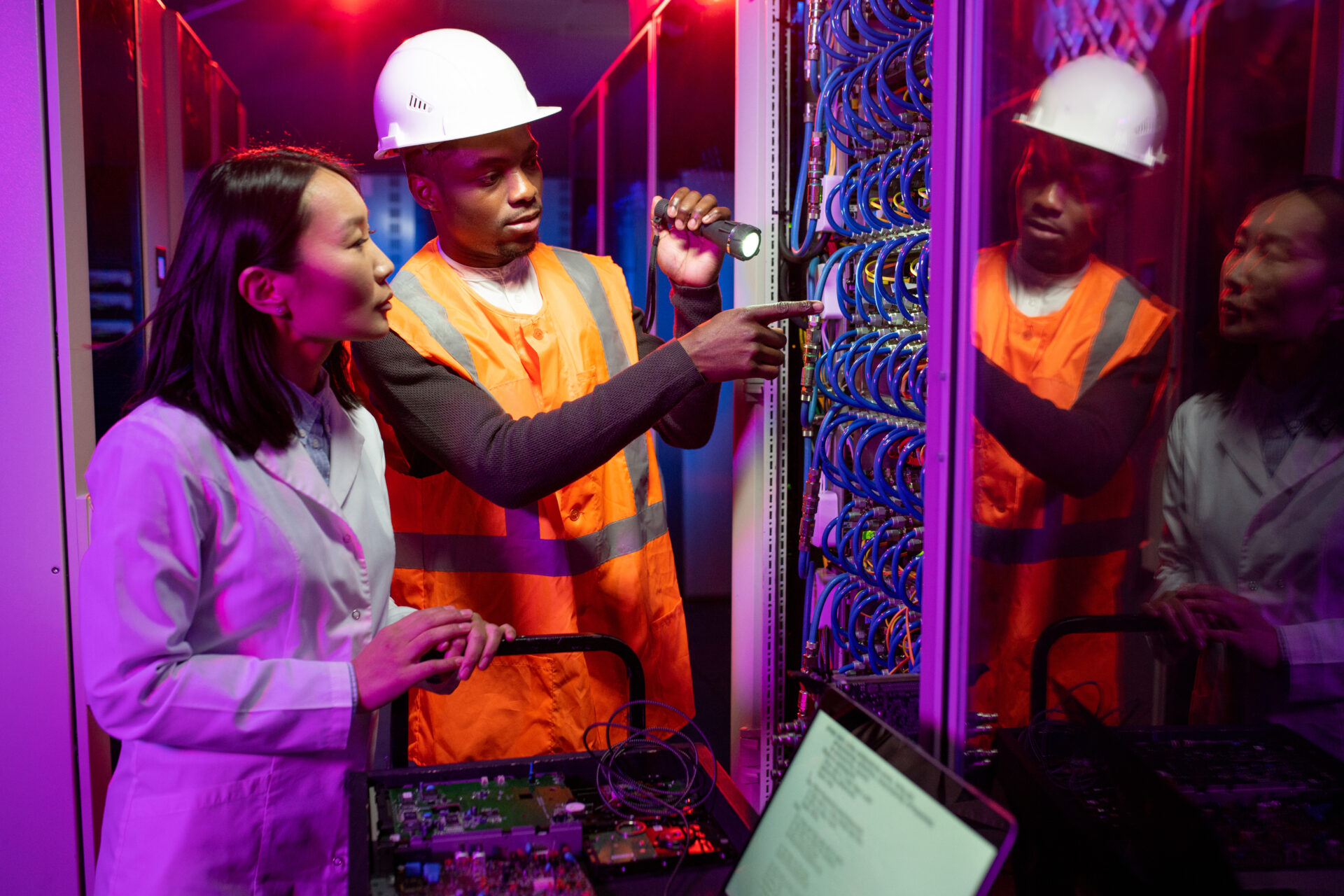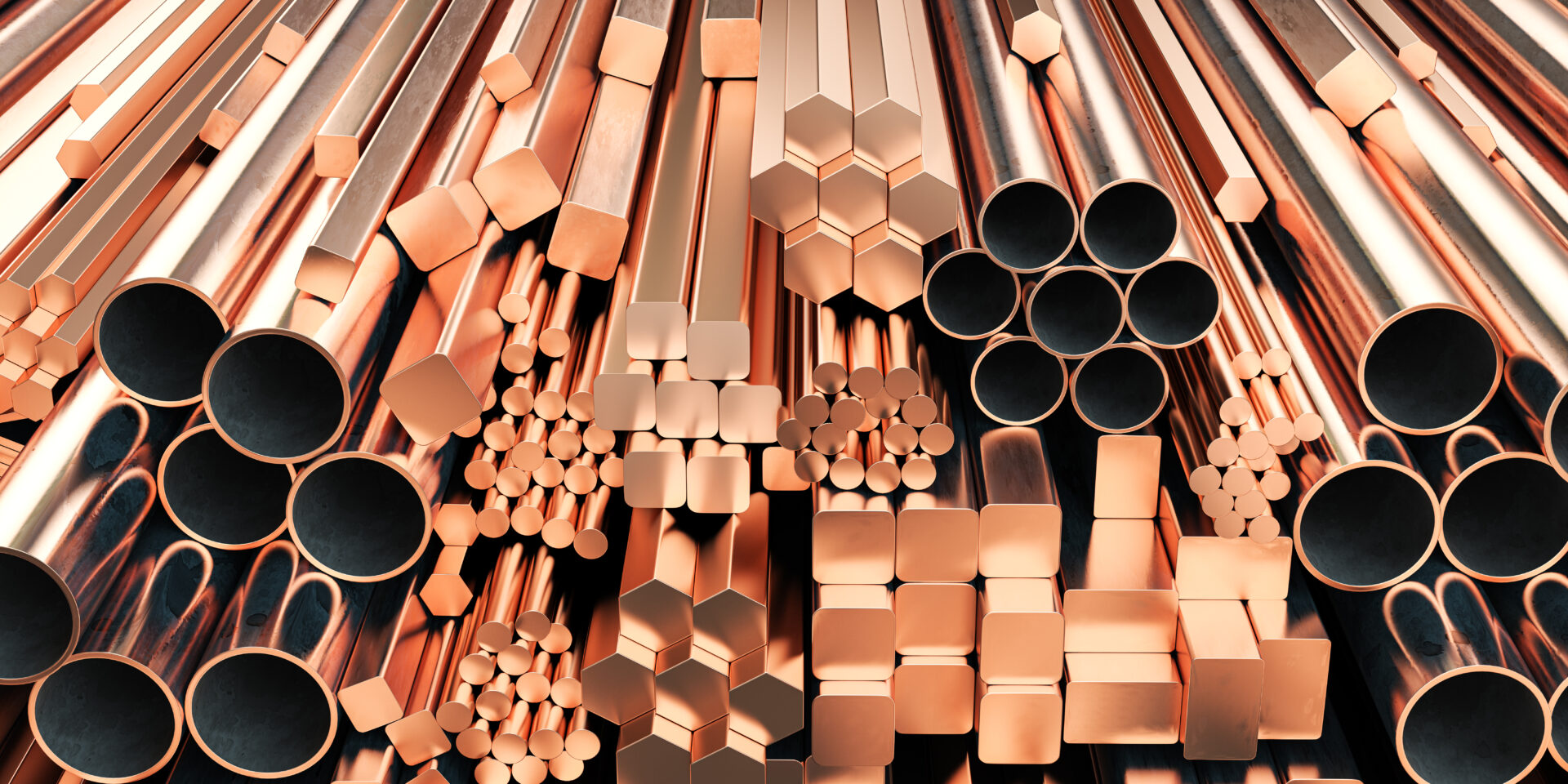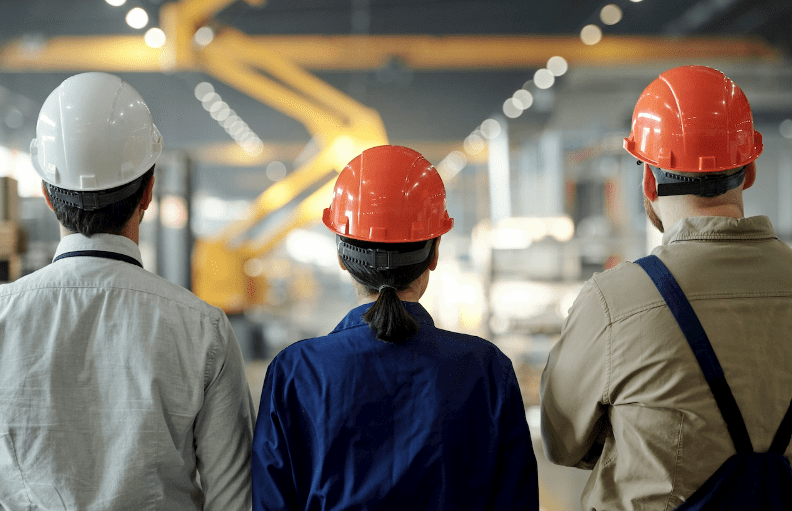
It’s no secret that the construction and demolition (C&D) industry produces A LOT of waste. In fact, a whopping 23% of the U.S. waste stream is said to be C&D waste. But, amongst the rubble and dust, there is still a way to reduce waste and improve material reuse. All C&D companies have to do is adopt a circular economy construction model.
So, what exactly is a circular economy construction model? And how will it promote a greener industry?
In this guide, you will learn all about the benefits of a circular economy in construction, including 5 simple steps your business can take to move towards circular recycling and regeneration.
Let’s get started!
What is a Circular Economy?

Here’s a hard pill to swallow: Earth’s resources are NOT unlimited. In fact, most raw materials are very limited, and our consumption-based world needs to recognize this as a fact!
At the end of the day, it’s our job to make sure we’re doing everything possible to avoid extracting more raw materials from the planet than we actually need. This is where circular economy recycling comes into play.
How Does It Work?
For starters, the overarching goal of a circular economy construction model is to reuse resources for as long as possible.
As its name suggests, the model is fashioned as a circle. On one side of the circle, raw materials enter into the workflow stream. These materials are passed through the production and construction phase and end up cycling to the consumption and demolition phase.
Unlike the traditional linear model that sends demolition and production debris to the landfill, the circular economy cycle collects it and recycles it for future reuse!
Once the model comes full circle, less raw materials are required to get the process up and running again – because repurposed resources are introduced back into the cycle. This is how the circular economy construction model works.
How Circular Models Benefit C&D Companies
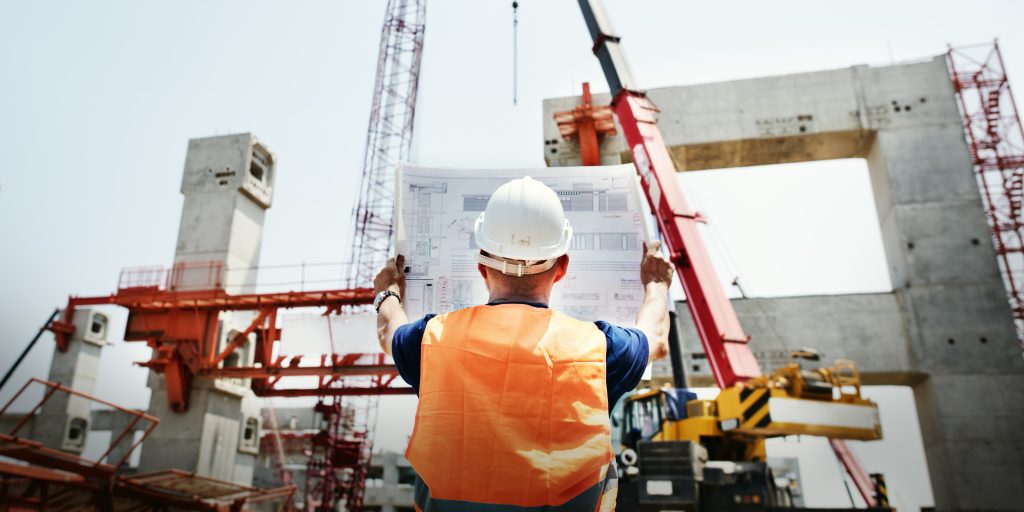
As one of the nation’s largest consumers of raw materials, a circular model is a great way for the C&D industry to recycle and regenerate valuable resources. When a business adopts this model, it allows them to:
- Recover materials for reuse and regeneration
- Stretch the life of materials for future use
- Send less waste to the landfill
- Improve sustainability
- Reduce scarcity
- Receive favor from the public eye
Furthermore, since circular models seek to reduce scarcity, the model actually benefits the economy by decreasing manufacturing and production costs.
Not to mention, companies can also put capital back into their C&D business through specialized recycling programs, such as construction & demolition scrap metal recycling!
Example of a Circular Economy Construction Model
One fantastic example of a C&D corporation that uses the circular model today is Cemex. Over the past few years, the multinational building materials company migrated to a circular economy recycling model to reduce the amount of waste they were sending to the landfill.
Prior to the adoption of the new model, the company faced many challenges with their waste management. Millions of tons of waste ended up in landfills across the world, all while new raw materials were being extracted from the earth to replace the old.
Not only was this extremely costly for the company, it placed a huge burden on the environment as well.
A Noticeable Change in Waste Management
In 2020, Cemex said enough is enough. The company transitioned to a circular economy and began to recycle and reuse excess building materials that were collected during its projects.
The results were astounding! In 2021 alone, Cemex recovered 95% of the total waste generated, only sending 5% of it to landfills. Furthermore, according to their internal statistics, out of 23 million tons of waste managed by Cemex, only 0.4 tons ended up in landfills.
This is a monumental improvement! And the best part? Cemex stated that they were still able to maintain high quality standards with the reused materials as they were when the materials were brand new.
5 Steps to a Circular Economy Construction Business
Do you want to follow in Cemex’s footsteps and transition to a circular economy construction model? Take a look at these 5 simple steps you can take to improve your waste management and migrate your C&D company to circular economy recycling.
1. Examine Your Current Waste Cycle
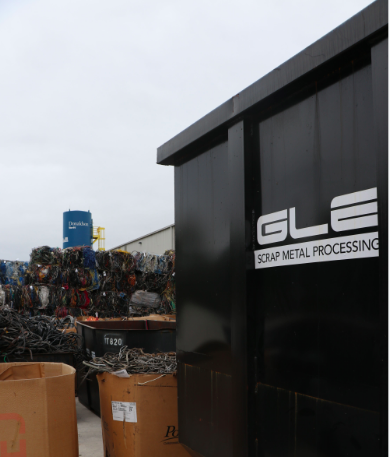
Depending on the size of your company and your style of construction methods, the switch to a circular economy construction model may be a quick progression – or it could be slow and gradual.
Nevertheless, the best way for a C&D company to get started, regardless of the size and scale of its operations, is to take measurements of its current waste trends. This will give you a baseline analysis of your current metrics and will highlight areas that need improvement.
Don’t Be Afraid to Dig Deep
For starters, gather analytics and research on your current waste management cycle.
- How much waste does your company produce on a monthly basis? What about quarterly? Annually?
- Do you see an influx in waste production during different seasons?
- What is your biggest waste factor?
- Where do you send your waste?
- What kind of raw materials do you use?
- How much new raw material do you order every year?
- How much do you spend on these materials?
- What percentage of these materials are sent to the landfill?
Next, examine the sustainability protocol you already have in place. Are you seeing any progress with these programs? Are they producing sustainable results? Also, ask yourself, “How effective is my waste management team under my current model and protocol?”
The answers to these questions will help you move forward in the next step.
2. Identify Gaps in Your Waste Management
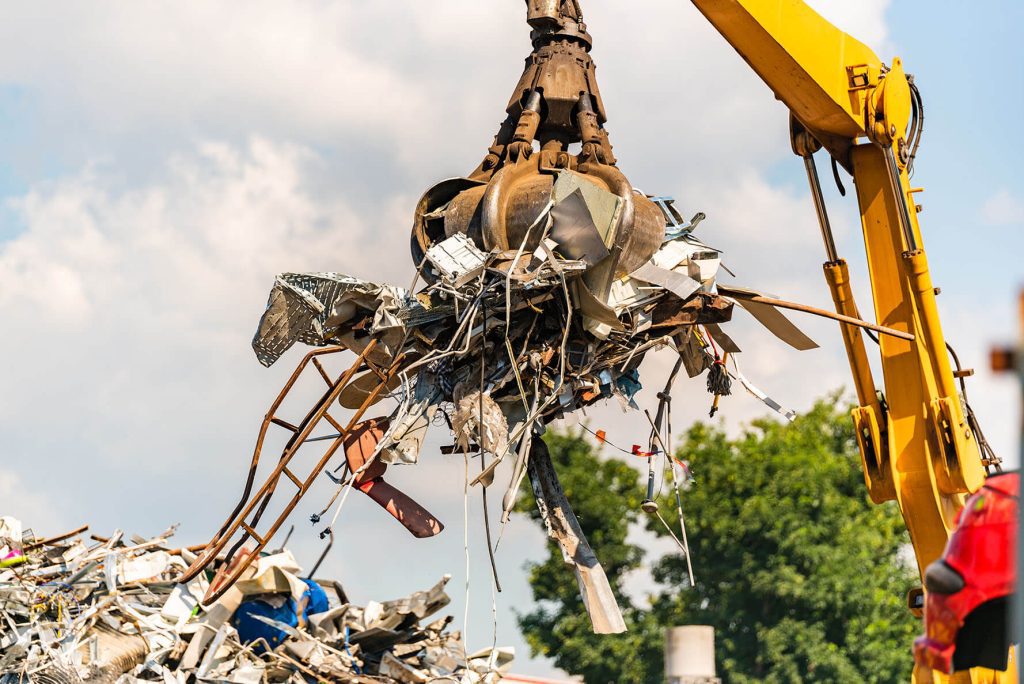
Once you have a thorough analysis of your baseline approach, it’s time to find any gaps in the system.
What needs improvement? Where can you be more resourceful? The more you can pinpoint fractures in your current model, the easier it will be to develop a solution to fill in the gaps.
Easy Way to Start the Transition
Don’t hesitate to reach out to other businesses in your industry to see how they transitioned to a circular economy. How did they identify waste management challenges and what did they do to overcome them?
Research their case studies and new approaches to sustainability. There’s a good chance you’ll discover new ways to stimulate sustainable growth for your own company!
3. Collect & Sort Reusable Materials
Once you’re ready to start recycling resources, you’ll need to establish a recycling plan. First, determine the types of materials you usually find on your sites. These commonly include:
- Non ferrous metals (aluminum, brass, copper, lead, tin)
- Ferrous metals (steel and iron)
- Copper wire
- Wood
- Plaster & drywall
- Cement
- Brick
- Concrete
- Tile
- Asphalt
Next, set up collection bins for each type of material at each site. Roll-off boxes are a great solution for the sorting and collection process.
Salvage Scrap Metal
When it comes to a circular model, some of the best materials to recycle are metals. In fact, when you learn how to salvage construction and demolition scrap metal, you can actually sell it to scrap metal recycling facilities for profit!
Along with scrap metal, you can even recycle electronics and equipment. Many of these devices contain valuable metals and rare earth minerals that will put capital back into your business. Plus, it keeps it out of the dump, which is extremely beneficial to the environment!
4. Separate Toxic Materials

While you’re still in the collection phase, definitely follow this crucial step! You must do your best to separate toxic and unusable materials from reusable ones.
If you suspect certain resources have been contaminated by chemicals or other toxins, sort them into their own collection bins for proper processing.
Find Better, Non-Toxic Alternatives
In the future, research new materials and methods that are less likely to be toxic or contain deadly chemicals.
If you can replace these toxic materials with better alternatives, definitely do so. Even if the materials cost more in the beginning, you can likely recycle and reuse them for longer periods of time and save in the long run.
5. Form Helpful Partnerships with Recycling Facilities
Last but not least, partner with the right recycling facilities for the best material removal and processing possible. When you find the right partners, they’ll often show you how to implement the smartest and most modern recycling processes and improve your overall logistical management.
Furthermore, you should choose partners that will schedule and transport the materials from your construction and demolition zones. Many times, these recycling facilities will even provide roll-off boxes and collection bins for you!
At the end of the day, your partnerships should make the recycling process easier. The goal is to create a more streamlined and efficient model that will encourage the regeneration and reuse of your materials!
Start Your Circular Economy Transition with GLE Scrap
Does your C&D company produce A LOT of excess scrap metal? GLE Scrap can help! We’re experts at scrap metal recycling and are eager to become a part of your circular economy construction plan!
We have 10-80 yard roll-off boxes for your demo sites. Just call in our truck fleet to swap it out, get a weight ticket, and get paid the same day! Request a quote and start recycling today.

